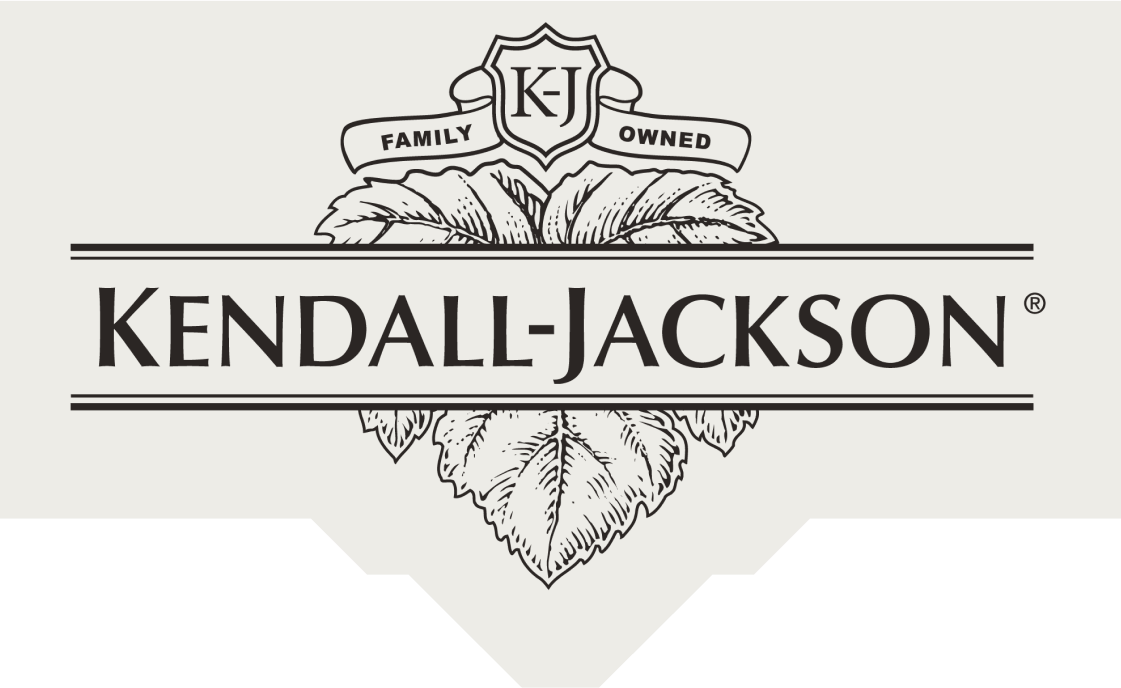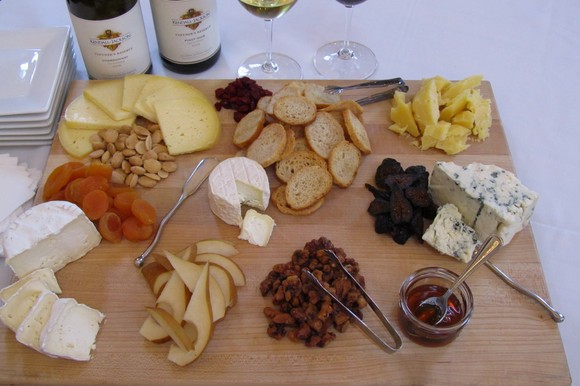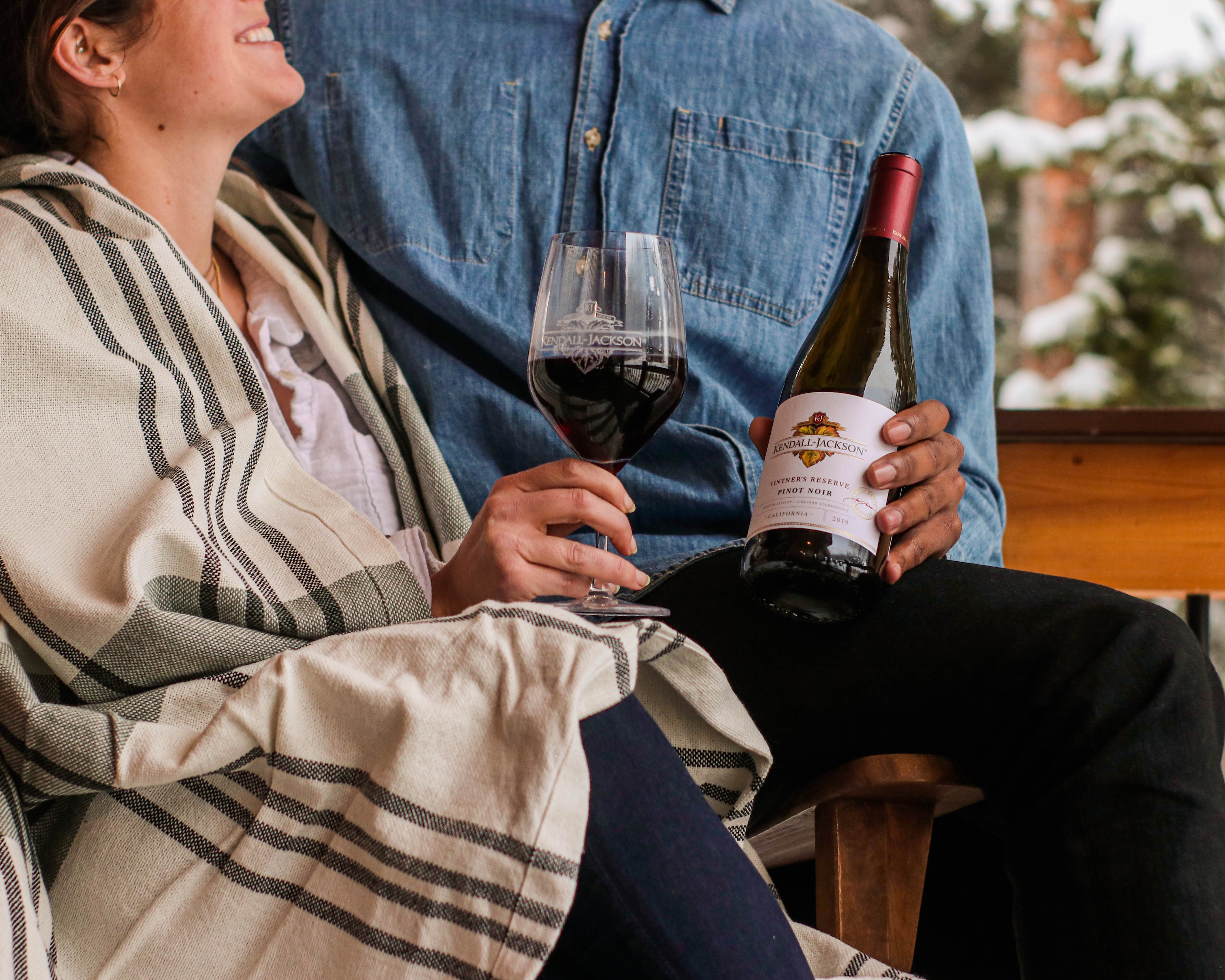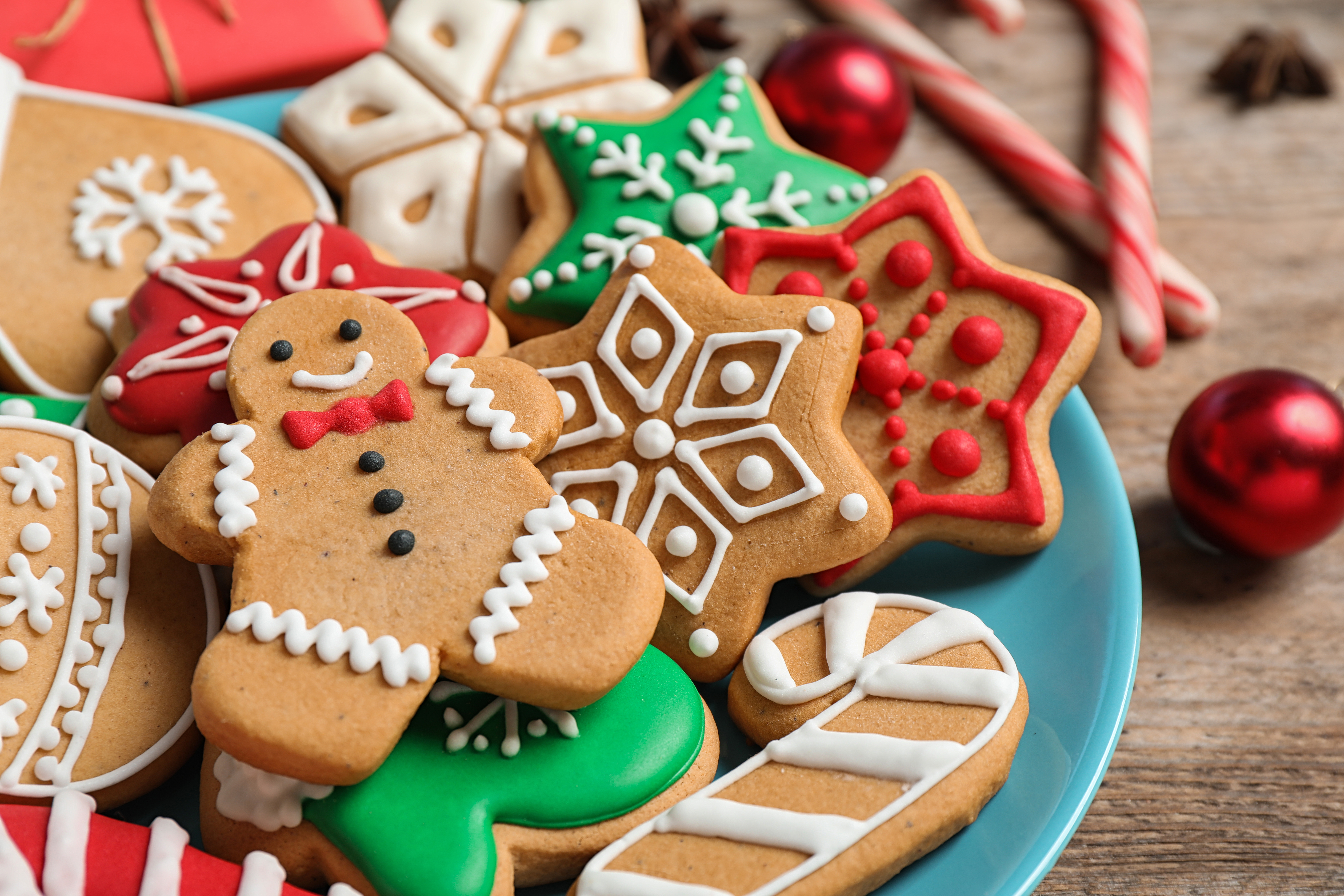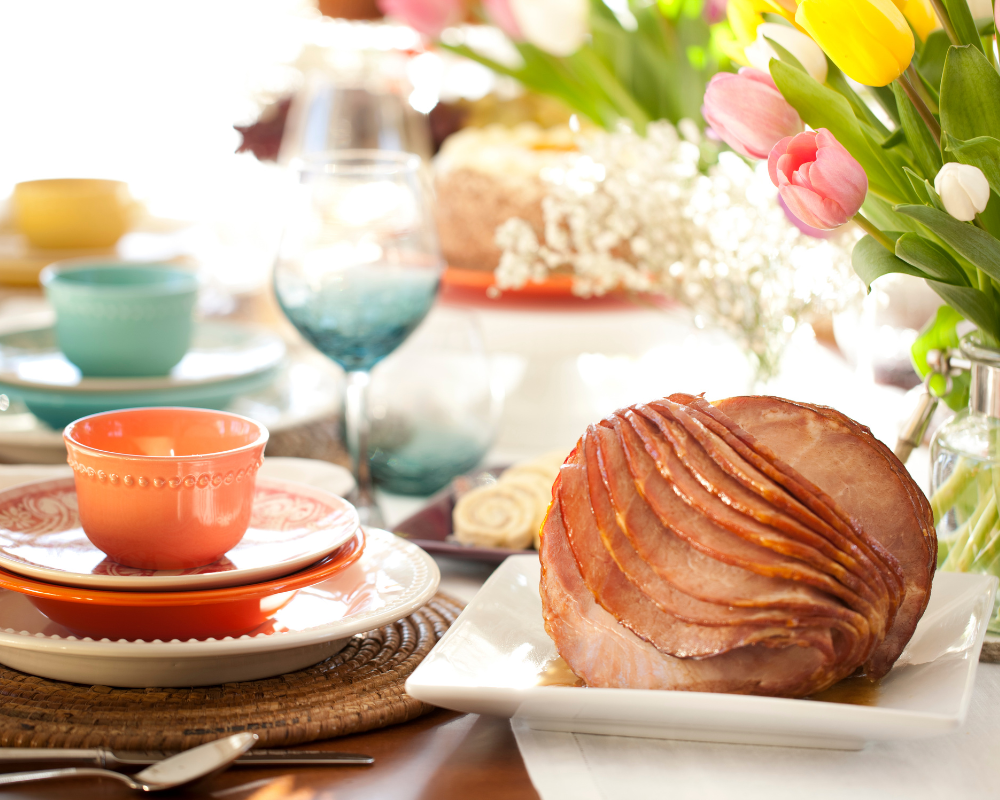Building A Better Cheese Tray
One of my favorite things to make for parties is a cheese tray. Simple and elegant, it’s easy to transport and doesn’t require time in the oven. You can simply roll up, unwrap the tray and people can get their cheese on. I like to offer 3 to 5 different cheeses.
For me, presentation is an important part of building a cheese tray. I prefer to serve some of the cheese in wedges or rounds and when slicing, make sure to stay true to its shape – try to avoid cutting the cheese into cubes. Pro Tip: Harder cheeses can be broken off into rustic looking chunks by using an oyster shucker. It’s important to label each cheese so folks will know what they are enjoying and can pay their respects to the cheesemaker!
I have a number of favorite wines I generally offer, depending on what ends up on my cheese tray. For some of the funkier cheeses, I enjoy late harvest wines or port. Sauvignon Blanc is great with goat cheeses because of their tangy, grassy flavors. Off-dry Rieslings are lovely with sweeter condiments and honey. If I had to pick just one red and one white, I’d choose Pinot Noir and Chardonnay. In my opinion, these two are the most versatile for cheese pairings.
I’ve asked our resident “curd nerd,” Tracey Shepos Cenami (a.k.a. T-curd), to put together a guide on building a better cheese tray. Tracey is an amazing chef as well as a certified artisan cheesemaker and cheese blogger. She is currently in charge of the Wine & Cheese Pairing program at our Kendall-Jackson Wine Estate & Gardens.
The Ultimate Guide to Building a Better Cheese Tray
Cheese Board Presentation
Start with a large wooden cutting board or platter, so there is plenty of space to showcase the cheeses and accompaniments. A wooden cutting board is best because the cheese can actually be cut on it.
Make sure to offer the appropriate hardware for cutting and serving so guests can enjoy with ease. Supply small plates and napkins so everyone can choose what they like and then move away to make room for others. (People tend to hover around a good cheese tray!)
Types of Cheese
I recommend offering an assortment of textures, flavors and milk types so your guests have a variety of interesting tasting options.
Soft: These cheeses are soft in texture. They are young, creamy, rich and decadent because they are often triple-cream cheeses, meaning they have been enriched with cream and have at least 75 percent milk fat.
Some favorites include:
- Mt. Tam by Cowgirl Creamery – California (cow)
- Saint André – France (cow)
- Humboldt Fog by Cypress Grove Creamery – California (goat)
- Cambozola – Germany (cow)
- Brie – France (cow)
- Camembert – France (cow)
- Delice de la Vallee by Epicurean Connection – California (cow & goat blend)
Medium: Firmer than soft but softer than firm! These cheeses have been aged a little longer. They are sliceable and have a little less moisture than a soft cheese.
Some favorites include:
- Carmody by Bellwether Farms – California (cow)
- Havarti – Denmark (cow)
- Crottin by Redwood Hill Farm – California (goat)
- Fontina – Italy (cow)
Firm: These longer-aged cheeses are typically harder and dryer in texture. This does not detract from their deliciousness of course.
Some favorites include:
- Manchego – Spain (sheep)
- Pepato by Bellwether Farms – California (sheep)
- Pecorino – Italy (sheep)
- Gruyere – Switzerland (cow)
- Estero Gold by Valley Ford Cheese – California (cow)
- Sharp Cheddar by Cabot Creamery – Vermont (cow)
Funky: This category can be any texture or milk variety. It is more about the intense aroma and stronger flavor associated with the cheese.
Some favorites include:
- Grayson by Meadow Creek Farms – Virginia (cow)
- Morbier – France (cow)
- Époisses – France (cow)
- Roquefort – France (sheep)
Blue: These cheeses are unlike any other and tend to be strong in both flavor and aroma. They are unique as they all contain the mold Pennicillium which forms the blue veining and pockets.
Some favorites include:
- Original Blue by Point Reyes Farmstead Cheese Co. – California (cow)
- Maytag Blue Cheese by Maytag Dairy Farms – Iowa (cow)
- Big Woods Blue by Shepherd’s Way Farms – Minnesota (sheep)
- Stilton – England (cow)
- Gorgonzola – Italy (cow, goat) – Gorgonzola could also fit into the “funky” category!
Recommended Accompaniments
Even though fine cheeses are capable of standing alone, it is always fun to serve condiments on the side that complement them. Some ideas include:
- Honey or truffle-infused honey
- Marcona almonds
- Quince paste (membrillo in Spain)
- Dried figs or cherries
- Fresh grapes, figs, pears or apples
- Sliced fresh baguette, as well as something crunchy like crackers or crostini
A simple onion jam or even leftover Thanksgiving cranberry relish can be delicious homemade options as well.
Assembling the Cheese Platter
Display the cheeses spaciously on your platter or cutting board, leaving plenty of space for the accompaniments. Be sure to allow the cheeses to sit at room temperature for at least 30 minutes before serving.
Garnish with desired condiments. I like to serve honey or any other “wet” items in a separate bowl to avoid a mess. You can even decide which condiment pairs best with each specific cheese and display them together to encourage your guests to try the pairing.
Some suggested pairings include:
- Manchego cheese with quince paste and/or almonds
- Blue cheeses with dried figs
- Soft, mild cheese with a fruit chutney
Serve the sliced baguette and crackers on the side.
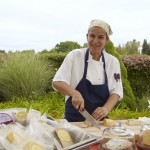 Tracey Shepos was possibly the only one in her third-grade class to have eaten – and enjoyed – foie gras and frog’s legs. After graduating from the California Culinary Academy in San Francisco, she moved to New York to work in various kitchens before returning to the West. She served as Executive Chef de Cuisine at Stark Reality. In late 2009, she resigned from the company she considers her extended family to pursue chef consulting opportunities, as well as to become a certified Artisan Cheesemaker. Tracey is in charge of the Wine & Cheese pairing program at Jackson Family Wines.
Tracey Shepos was possibly the only one in her third-grade class to have eaten – and enjoyed – foie gras and frog’s legs. After graduating from the California Culinary Academy in San Francisco, she moved to New York to work in various kitchens before returning to the West. She served as Executive Chef de Cuisine at Stark Reality. In late 2009, she resigned from the company she considers her extended family to pursue chef consulting opportunities, as well as to become a certified Artisan Cheesemaker. Tracey is in charge of the Wine & Cheese pairing program at Jackson Family Wines.
